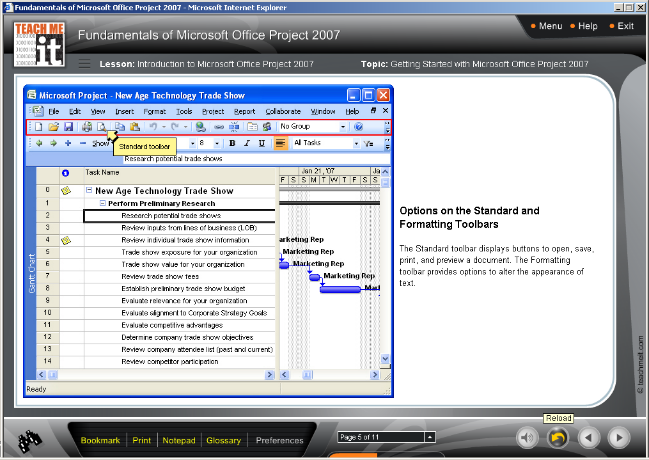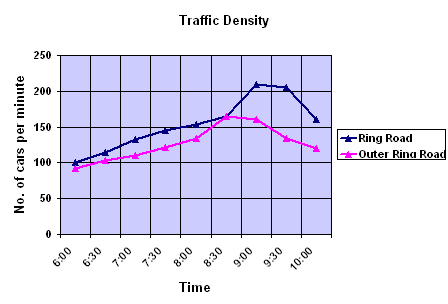While accessibility has been a part of the eLearning discaussion for the past several years, accessibility has come to the forefront this past year as Section 508 Compliance has been increasingly enforced across the learning industry.
Section 508, an amendment to the Rehabilitation act of 1973, requires all Federal agencies to make their technology accessible to those with disabilities. The recent crackdown on agencies that haven’t adhered to Section 508 has made waves in the eLearning world, sparking action and discussion. Accessibility has long been a priority within eLearning. Whether it be for training or learning, access to information is key and should not be withheld from anyone.
So here are some short term and long term goals that a learning or publishing organization should plan for:
Short-term Goals
- Continuously improve usability for people with disabilities: Updating websites and learning assets quarterly, including accessibility improvements resulting from customer feedback as well as rigorous third-party accessibility testing.
- Provide access to as many titles as possible: Accessibility standards to be global for as many as learning and educational assets possible.
- Serve the widest possible range of disabilities: Consider the needs of people with visual impairments, learning disabilities and mobility concerns.
Long-term Goals
- Provide/procure a low-barrier, commercial alternative for all learning and education accessibility needs through partnerships.
- Go beyond content accessibility standards and adopt universal design accessibility standards.
Achieving Section 508 compliance in eLearning
Elearning courses typically consist of the following components:
- Non-text Elements
- Graphical User Interface
- Course Pages
Section 508 can be applied to the above components in many ways:
As Text Embedded in Images and Graphics: Alternate text (alt text) can be provided to describe the images in totality.
Example of a simple graphic-

Alternate Text: “A Microsoft Project window with the Standard toolbar highlighted is displayed.”
Example of a complex graphic-

Alternate Text: “The Above graph shows traffic density on Ring Road and Outer Ring Road between 6:00 AM and 10:00 AM measured in cars per minute. Density on Ring Road ranges from a high of 210 at 9:00 AM, down to 100 cars per minute at 6:00 AM. On Outer Ring Road, the density increases from 92 at 6:00 AM to 165 at 8:30 AM, and then down to 120 at 10:00 AM.”For Animations: Animations can be made Section 508 Compliant by
- Adding audio (voiceover) for the script content
- Adding keyboard alternatives for launching the animation
- Adding keyboard alternatives for the controls in the animation window
- Adding voiceover for the animation steps, synchronized with the animation
- Adding transcript of the voiceover of the animation steps/ closed captioning
For Audio: Audio used anywhere in the course can be made 508 Compliant by using text based transcripts
For Video: Videos used in the screen can be made Section 508 compliant by
- Using audio (voiceover) for the script content
- Adding keyboard alternative for launching the video
- Adding keyboard alternatives for the controls in the video player
- Adding voiceover synchronized with the video steps or actions
For GUI: The GUI can be made Section 508 compliant by
- Keyboard-based navigation of GUI controls
- Keyboard-based navigation of the Table of Contents
- Audio cues for text, buttons, options, and other screen objects
All-in all, it is feasible to make your training Section 508 Compliant. Would suggest you to try above options and write to us about your experiences and queries about Section 508 compliance in the context of organizational learning and education.



